Back Pain Treatment
BACK PAIN AND ITS TREATMENTS COME IN A VARIETY OF FORMS. LET’S TAKE A CLOSER LOOK AT HOW IT ARISES AND WHAT CAN BE DONE TO TREAT IT.
Back Pain Treatment
BACK PAIN AND ITS TREATMENTS COME IN A VARIETY OF FORMS. LET’S TAKE A CLOSER LOOK AT HOW IT ARISES AND WHAT CAN BE DONE TO TREAT IT.
BACK PAIN EXPLAINED
Back pain is a very general term for a very widespread affliction. Ranging from easily treatable to severe enough to be debilitating, back pain is one of the most common reasons why people visit the doctor in the United States.
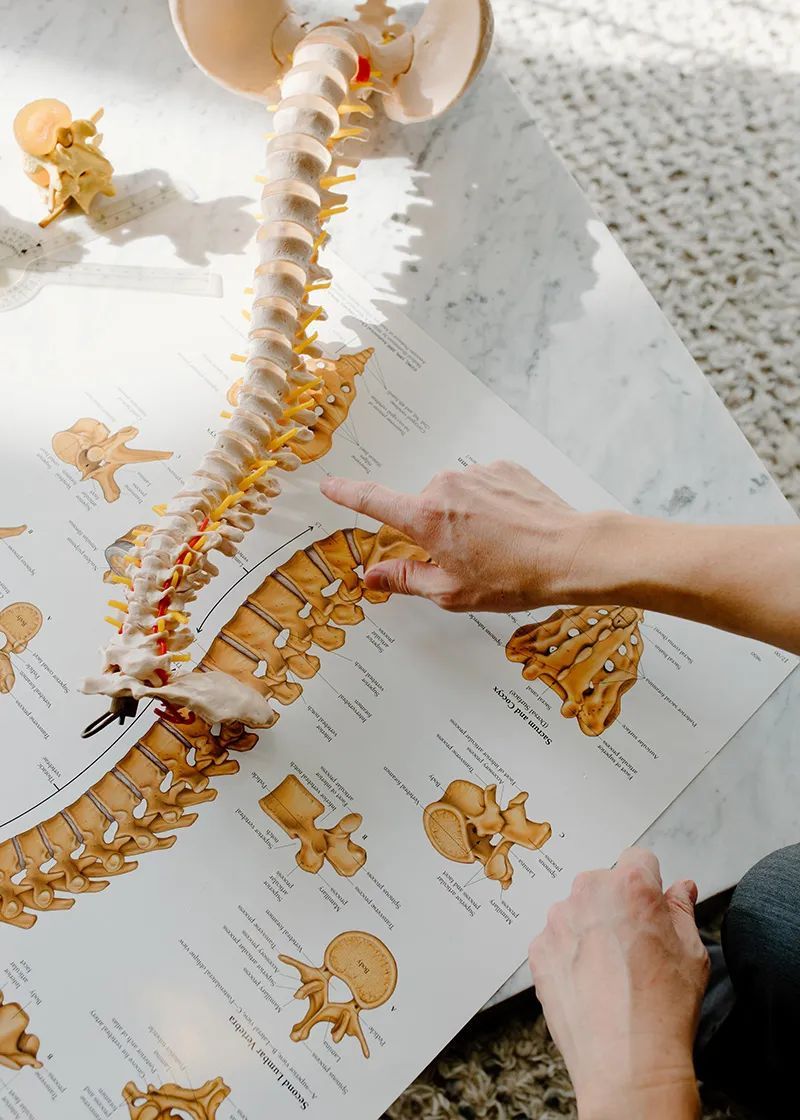
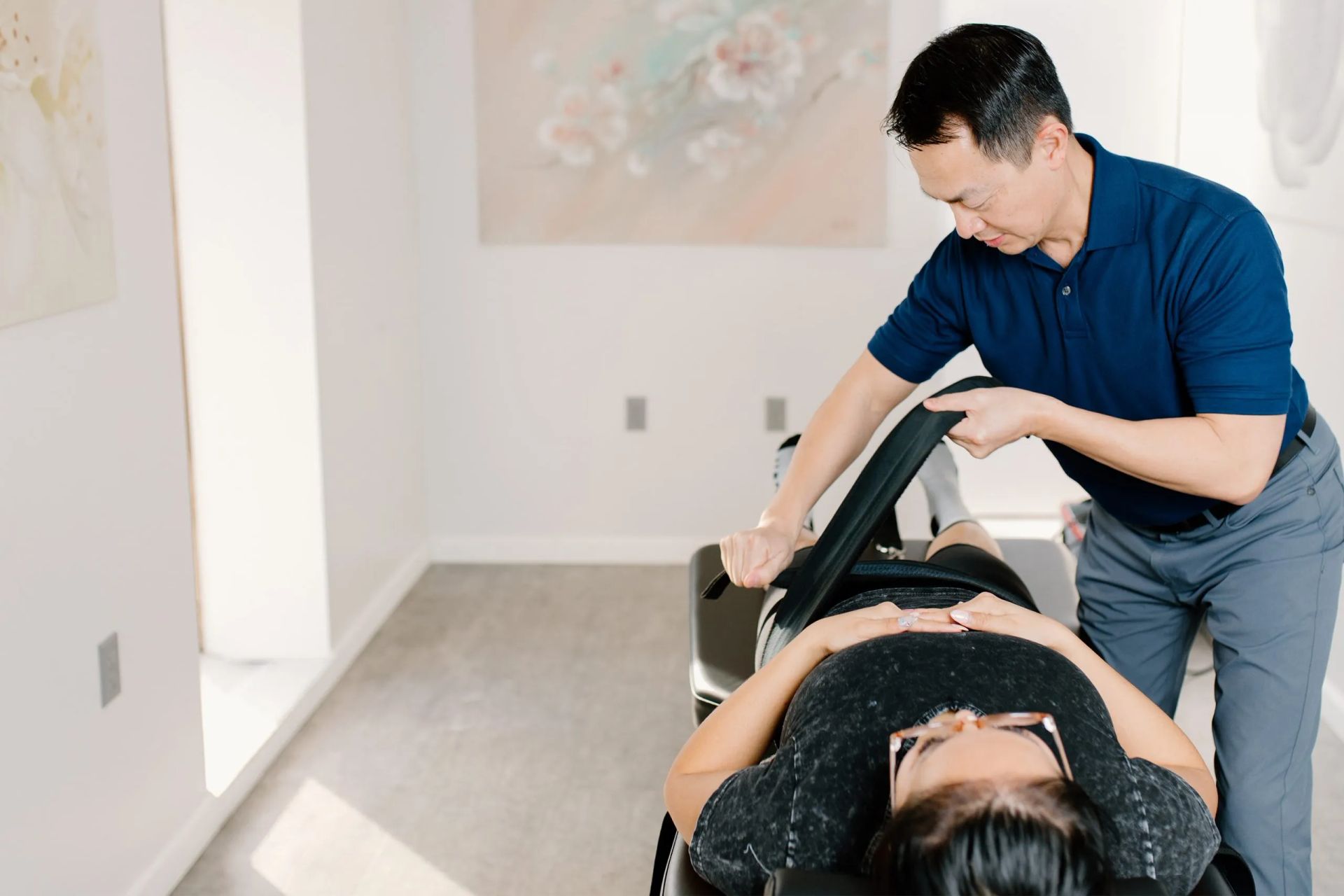
Back Pain in Numbers
The impact that back pain has on adults in the United States is significant. Let’s take a look at what that means in numbers:
IN FACT, ABOUT 8% OF ALL ADULTS IN THE U.S. HAVE CHRONIC BACK PAIN.
AN INCREDIBLE 54% OF AMERICANS HAVE EXPERIENCED SOME KIND OF BACK PAIN IN THEIR ADULT LIVES.
BACK PAIN ALSO AFFECTS YOUNG PEOPLE: ABOUT 41% OF PEOPLE AGED 18-44 IN THE U.S. EXPERIENCE BACK PAIN.
WHAT THE NUMBERS ARE TELLING US
It’s clear that back pain is a prevalent issue among Americans, and its widespread prevalence points to systemic contributing factors. From excess strain to underdeveloped muscles, a variety of common causes are behind generalized back pain. Before we can talk about how to address them, let’s take a closer look at how pain works.
Main Types of Back Pain
Back pain exists in numerous forms, from mild strains to severe chronic pain. Though different types of back pain can be attributed to different illnesses or injuries, one of the simplest ways to categorize back pain is regionally:
THORACIC BACK PAIN
refers to the upper back–or, more specifically, the area between the neck and the bottom of the ribs.
MIDDLE BACK PAIN
which can overlap with the thoracic back, more specifically refers to the area below the rib cage but above the lumbar spine (which is about level with the highest point of the pelvic bone)
LOWER (OR LUMBAR)
back pain is located between the lower spine and the tailbone. Sciatica can commonly be used to describe lower back pain, but it technically only refers to lower back pain that also radiates down the legs.
Back pain, regardless of its placement, is usually categorized as either acute or chronic.
ACUTE BACK PAIN
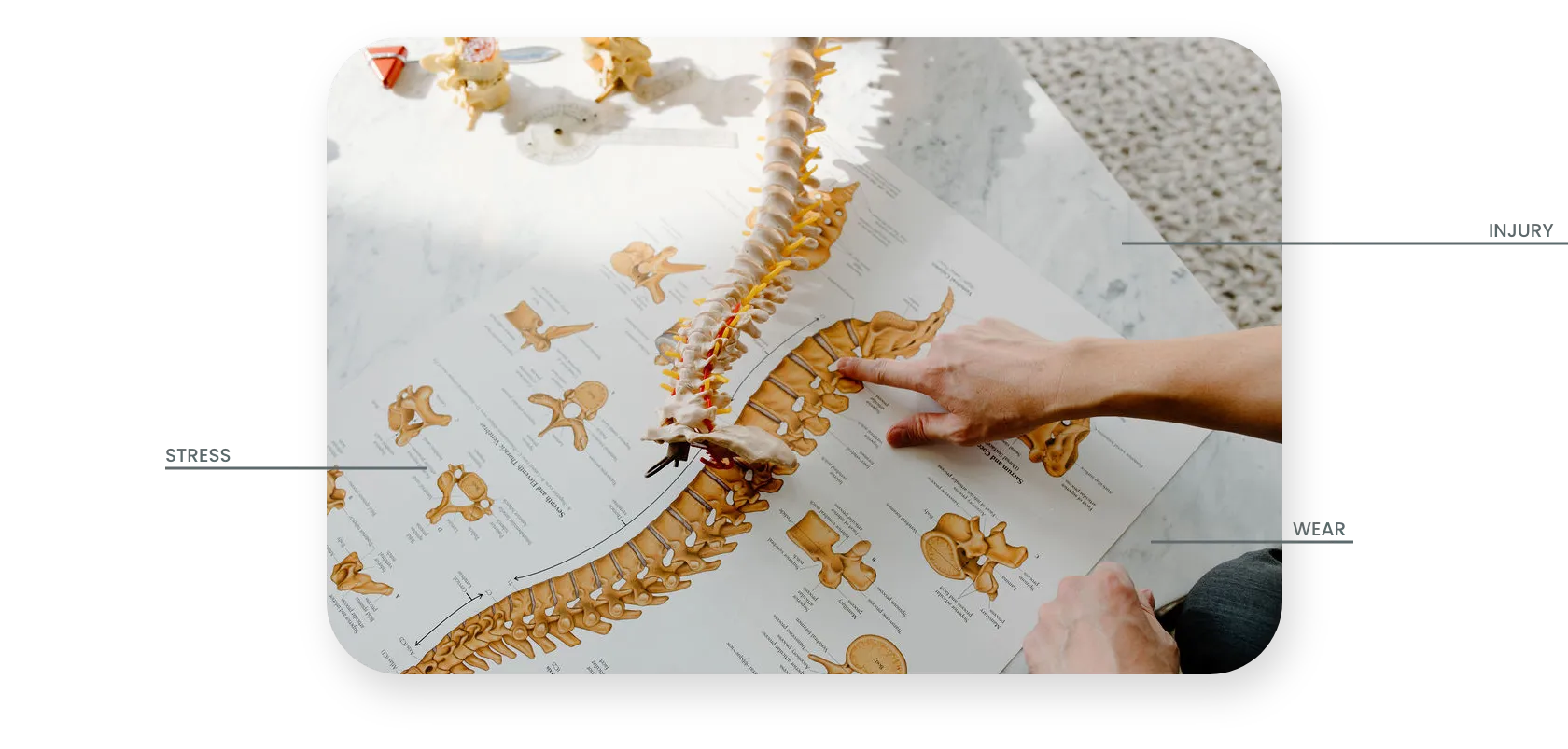
Acute back pain is sudden-onset and typically related to a specific trauma, injury, or illness. In order to be considered acute, the pain must go away once its underlying cause is treated. For example, back pain caused by a fracture that goes away after the bone is mended is considered acute.
CHRONIC BACK PAIN
Chronic pain is pain that persists for 3 months or longer, usually without responding or subsiding with treatment. Chronic pain can be caused by a specific injury or illness, or it can be developed over time due to strain or wear. Recurring or persistent back pain as a result of scoliosis, for example, is considered chronic pain.
Though the effectiveness of chronic back pain treatment will vary depending on the level of pain, its placement, the underlying cause, and the lifestyle of the individual experiencing it, chiropractic care has been linked to relief from chronic pain.

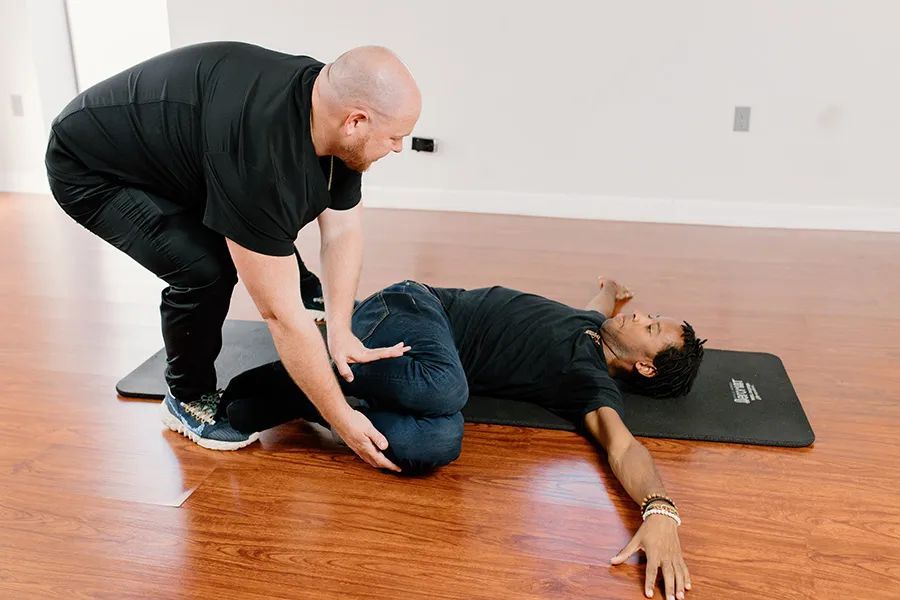
CAUSES OF BACK PAIN
Back pain can be caused by any number of factors, ranging from one-off accidents to persistent lifestyle habits. Some of the most common causes of back pain include:
ILLNESSES AND PHYSICAL CONDITIONS, SUCH AS:
- Arthritis
- Scoliosis
- Osteoporosis
- Fibromyalgia
- Obesity
INJURIES AND TRAUMAS, SUCH AS:
- Herniated or bulging discs
- Degenerated discs
- Muscle sprain or strain
- Fractures
CHRONIC WEAR CAUSED BY:
- Poor posture
- Overexertion
- Insufficient exercise
Treating Back Pain
What’s the best way to treat your back pain? The answer will vary greatly depending on your unique circumstances, but one thing is always true: the best treatment for back pain is the kind that’s approved and monitored by a trained healthcare professional.
When It’s Time
If your back pain persists for more than a few days (or pops up again after having gone away), it’s a good idea to seek medical care. If your back pain is disrupting work, social activities, physical activity, or any other aspect of your life, seek medical care. If you were recently in a car accident or another traumatic situation, it’s a good idea to see a medical professional for diagnostic imaging to rule out back injury.
WHERE TO START
A GOOD PLACE TO START IS BY SEEING A MEDICAL PROFESSIONAL WHO WILL USE THEIR RESOURCES TO PINPOINT THE UNDERLYING CAUSE OF YOUR BACK PAIN.
A CONVERSATION TO TALK THROUGH ANY POTENTIAL CAUSES FOR THE PAIN (OR WAYS IN WHICH IT’S AGGRAVATED), WHETHER IT’S ACUTE OR CHRONIC. V
DIAGNOSTIC IMAGING, LIKE X-RAYS AND/OR AN MRI, IN ORDER TO PINPOINT ANY VISIBLE TRAUMA OR INJURY IN THE AFFLICTED AREA
PHYSICAL EXAMINATION TO LOCALIZE THE PAIN AND DETERMINE HOW IT MANIFESTS OR RADIATES
KNOWING YOUR OPTIONS
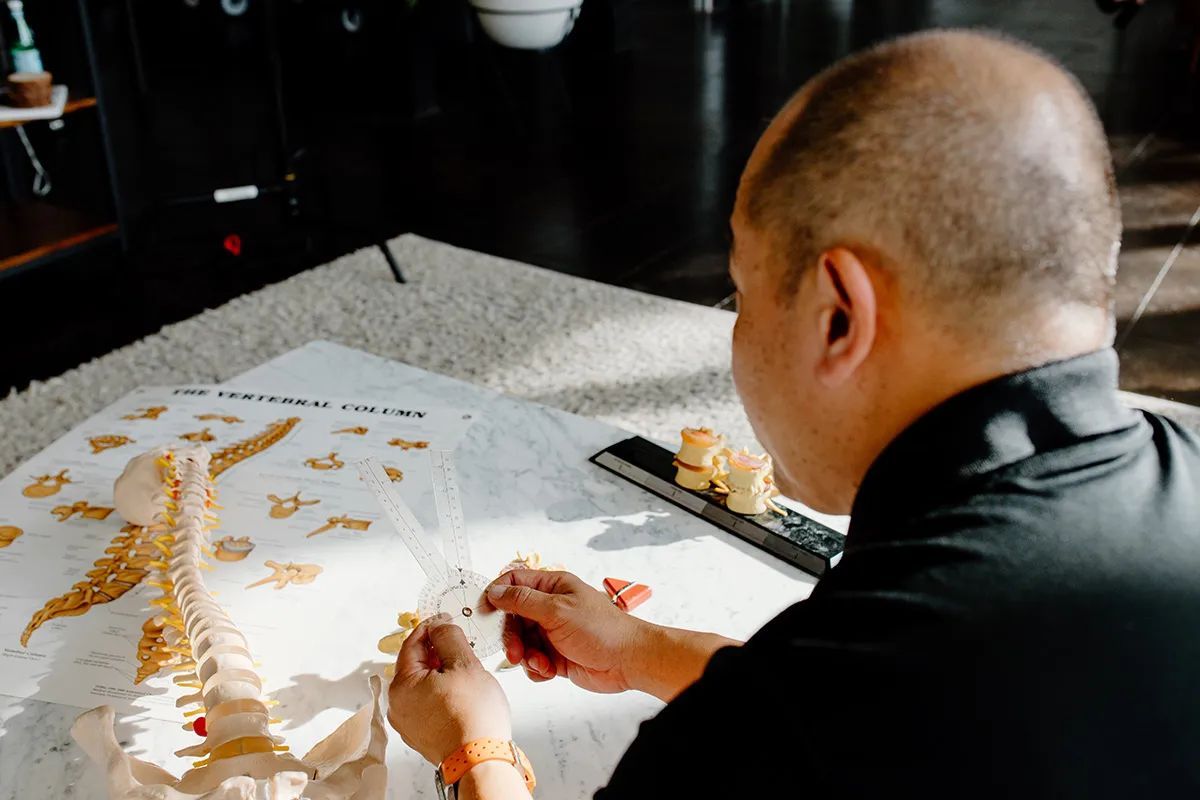
You have several options when it comes to diagnosing and treating your back pain, including:
- Primary care, like your family medicine practitioner.
- Emergency care, which is recommended if your back pain is occurring alongside numbness, tingling, or paralysis.
- Physical therapy, which focuses on mobility and is typically prescribed by a physician after an examination or procedure.
- Chiropractic care, which focuses on aligning your neuromusculoskeletal system in order to reduce pain and bolster mobility.
Chiropractic Care for Back Pain
What sets chiropractic care apart from other options for treating back pain? Though there are significant benefits to all of the approaches above, there are key similarities and differences between them:
- Like traditional medicine, chiropractic care requires extensive training and certification to administer.
- Unlike traditional medicine, chiropractic care seeks to move away from a reliance on prescription medications for pain management.
- Like physical therapy, chiropractic care includes hands-on exercises and treatments in order to promote strength and cardiovascular health.
- Unlike physical therapy, chiropractic care focuses on alignment between the skeletal, nervous, and muscular systems. It also involves the use of diagnostic imaging as part of the treatment plan.
What Chiropractic Care Entails
The best chiropractic care is the kind that’s tailored to the unique needs of each patient. However, these are some of the most common elements of chiropractic care:
- Manual adjustments, which are applications of highly targeted force that’s meant to promote alignment in the body and reduce pressure and strain.
- Spinal decompression, which treats herniated, bulging, and degenerated spinal discs by using specialized equipment to remove pressure from the spine.
- Additional therapies, like muscle therapy and exercise therapy, which stimulate blood flow, reduce stress, and promote muscular strength.
The Essential Approach to Back Pain
At Essential ChiroCare, we work with our patients to determine the best course of treatment. That means listening to your pain points, determining their underlying causes, and coming up with a plan that’s tailored to what you need. Tired of dealing with back pain? Schedule your consultation below!
Schedule Your Consultation
Whether your pain and discomfort is longstanding or new, we are a Tampa chiropractor who will work with you to get to its root cause so that you don’t just feel well, but are well. Set up a consultation with us to get started.
Consultation Form
We will get back to you as soon as possible.
Please try again later.
